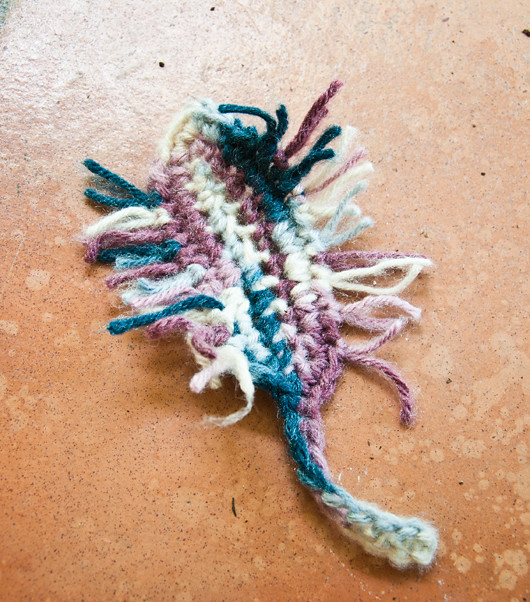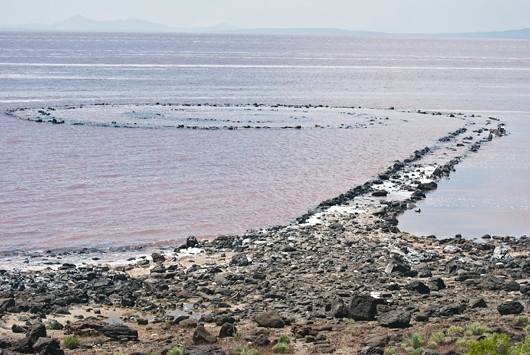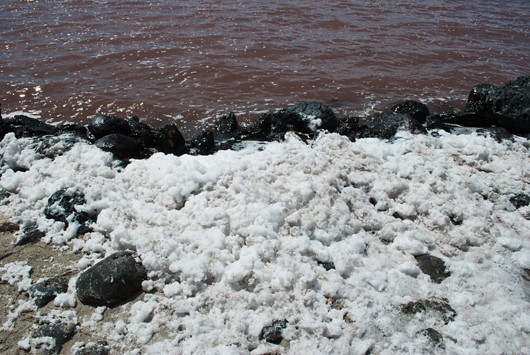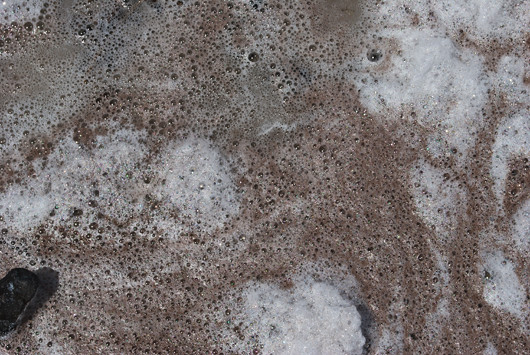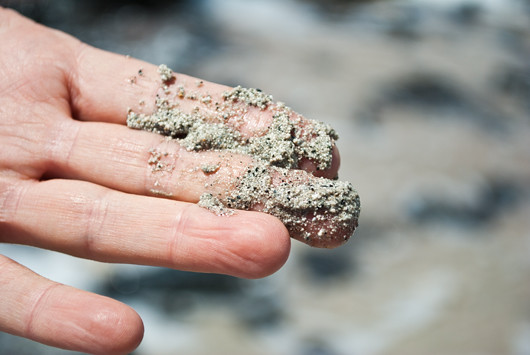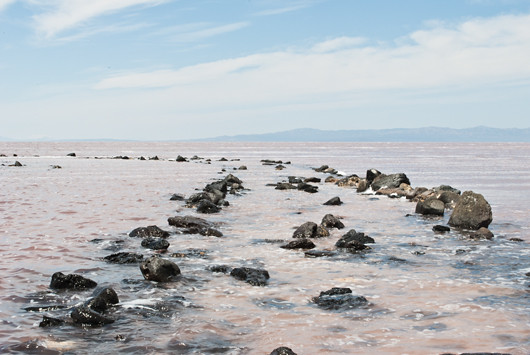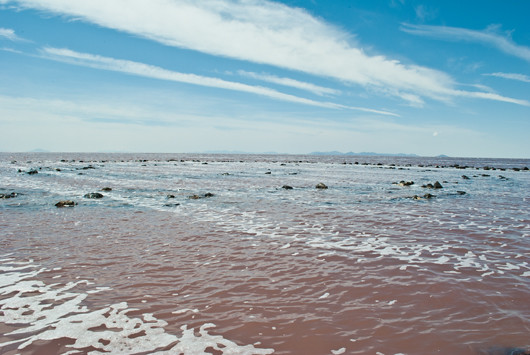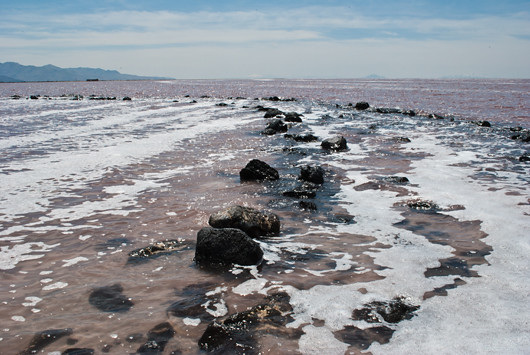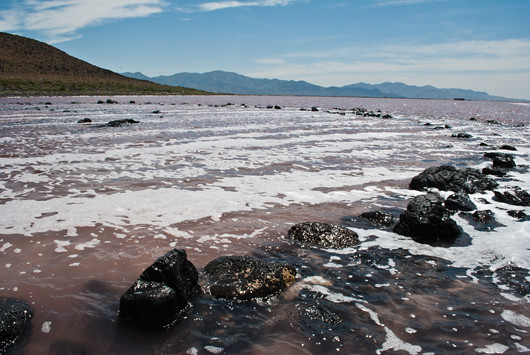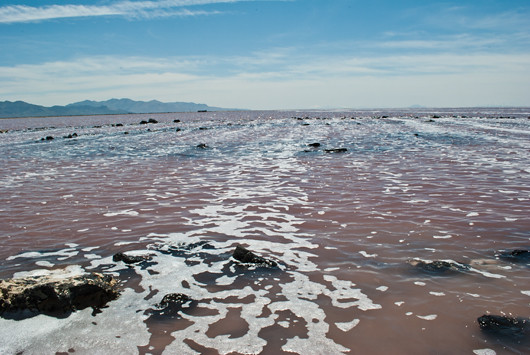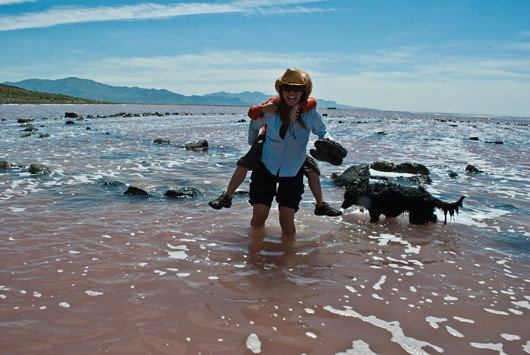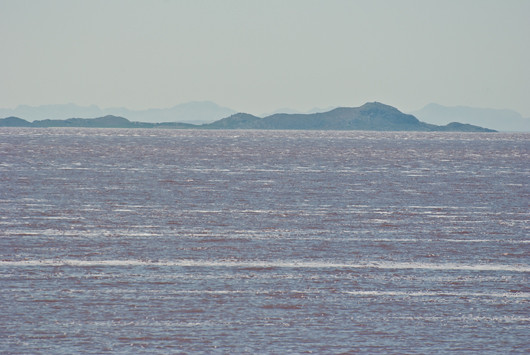We have been having tons of fun working on our crochet reef! Last week we got to join the kids at the Utah Museum of Natural History and Great Salt Lake Institute summer camp. What a great group of quick learners and fun kids these guys were! They crocheted seaweed to add to the reef exhibit.
I've been told they had so much fun, that the next day some of the boys were asking for more yarn to keep crocheting!
These guys had some giant chains going!
Last night, we installed our mini reef at the Utah Arts Festival. You can see the kids' seaweed in there, and draped in the bushes.
The mini reef is in flag pole circle, on the east side of the City and County Building, right along with all of the yarn bombing and Random Acts of Art presented by Utah Arts Festival and Art Access.
Stop by the Utah Arts Festival Thursday through Sunday (June 23-26). The yarn bombers will be there knitting and crocheting each day, noon to 9pm.
We still need lots (LOTS!!) more crocheters to create our big reef that will be exhibited in October at the Meldrum Science Center at Westminster College. We welcome all contributions to the reef, from one piece of coral to a school of crocheted amigarumi fish. Email Bobbi at slccoralreef@gmail.com to contribute your creations!
Wednesday, June 22, 2011
Thursday, June 16, 2011
Fun Brine Shrimp Pattern
One of our main focuses on the Lake Bonneville Crochet Reef project is the ecology of the Great Salt Lake. Brine shrimp are the most populous creatures out there. We're going out to visit the kids at the UMNH summer camp today, along with the Great Salt Lake Institute, to talk about our project and teach some crocheting. Here is a simple brine shrimp pattern I came up with that will be quick and easy for kids. Plus they're super cute!
Brine Shrimp Pattern
Chain 11, turn
Single crochet in second ch from hook and in next 8
3 sc in last sp
continue around other side making 1 sc in each space
when you get to the end make 10 ch, turn and sc in second ch from hook and in each space back up the tail. Sc in next sp on body.
2 sc in each of next 9 spaces
3 sc in next sp
2 sc in each of next 9 spaces
end with 1 sc in next sp. Fasten off
weave in loose end, or leave it as an extra leg
cut 20 – 2 inch pieces of yarn
Fold a piece of yarn in half and hold it on one side of the brine shrimp. Put the crochet hook through a loop and grab the short piece of yarn, pulling it through the loop. Grab both short ends of the yarn and pull them through the loop. Pull with your fingers to tighten. Continue, using 10 pieces of yarn on each side to make the legs. If that part is hard, they can just pull one end through and tie it in a knot.
Have fun!
Labels:
brine shrimp,
crochet,
crochet pattern
Wednesday, June 1, 2011
Field Trip to the Spiral Jetty
One of my favorite things about working on the Lake Bonneville Coral Reef Project is the opportunity to go on field trips to the lake and, most importantly, learning more about this precious resource we have here in Utah. Yesterday, I got to join Jaimi from the Great Salt Lake Institute as she went out to the Spiral Jetty to take water samples.
This was my first trip to the Spiral Jetty, so I was very excited to go along! This is the beginning of the spiral. Robert Smithson built this land art structure in 1970, using basalt rocks from the area.
I had always thought that the white froth at the lake was because of pollution. Jaimi taught me that it is a result of the very shallow waters of the lake, mixed with high winds that whip up the water. The dissolved solids in the water then create bubbles, which, like when you are beating egg whites, will hold their shape.
This lovely mix of chocolate with the egg whites is really brine shrimp cysts. Brine shrimp don't usually hang out in this part of the lake, because it's too salty even for them.
The sand at Great Salt Lake is called oolitic sand. The grains are round.
The water in this north arm of the Great Salt Lake is pink. This is because of the orange and red pigmented algae and other microbes that live here. Jaimi says, "Only very extreme microbes can survive here due to the high salt content in the water."
It is a very magical place.
Salty dogs like the lake too!
You can see the water level of the lake has gone up a bit with all the rain we've had!
That is Gunnison Island off in the distance. This is an important nesting habitat for the American White Pelicans, a critical reason for protecting our lake.
Hope you enjoyed the tour! Thank you to Jaimi for being such a great guide and wealth of information!
This was my first trip to the Spiral Jetty, so I was very excited to go along! This is the beginning of the spiral. Robert Smithson built this land art structure in 1970, using basalt rocks from the area.
I had always thought that the white froth at the lake was because of pollution. Jaimi taught me that it is a result of the very shallow waters of the lake, mixed with high winds that whip up the water. The dissolved solids in the water then create bubbles, which, like when you are beating egg whites, will hold their shape.
This lovely mix of chocolate with the egg whites is really brine shrimp cysts. Brine shrimp don't usually hang out in this part of the lake, because it's too salty even for them.
The sand at Great Salt Lake is called oolitic sand. The grains are round.
The water in this north arm of the Great Salt Lake is pink. This is because of the orange and red pigmented algae and other microbes that live here. Jaimi says, "Only very extreme microbes can survive here due to the high salt content in the water."
It is a very magical place.
Salty dogs like the lake too!
You can see the water level of the lake has gone up a bit with all the rain we've had!
That is Gunnison Island off in the distance. This is an important nesting habitat for the American White Pelicans, a critical reason for protecting our lake.
Hope you enjoyed the tour! Thank you to Jaimi for being such a great guide and wealth of information!
Subscribe to:
Posts (Atom)


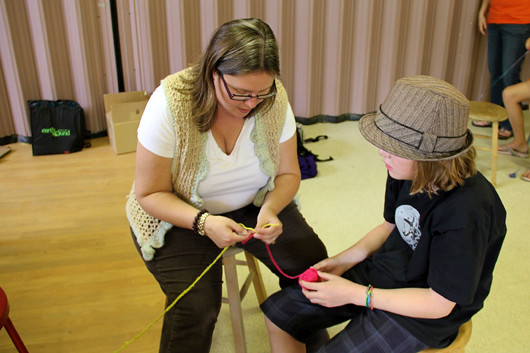
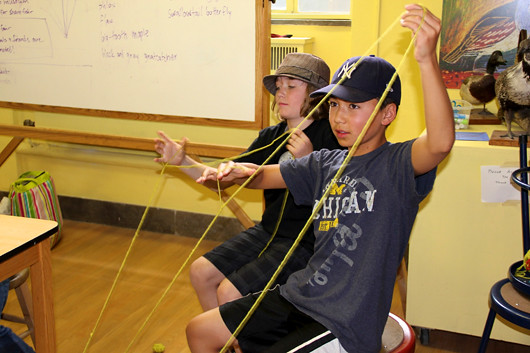
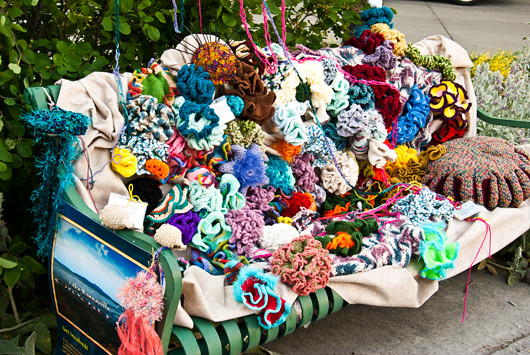
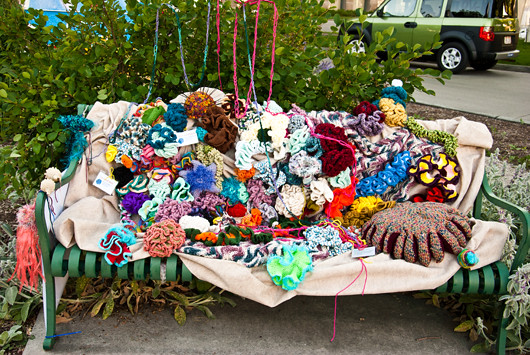
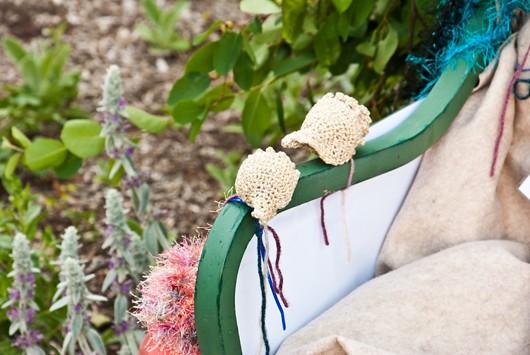
 .
.